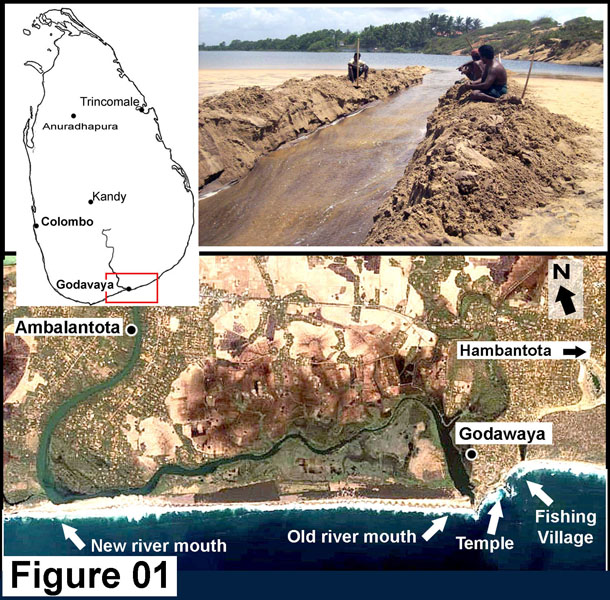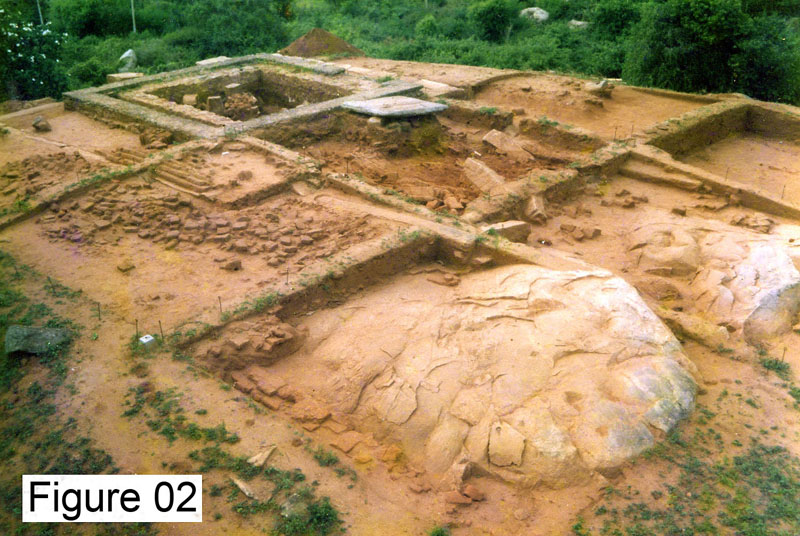Godawaya Prehistoric
Archaeologist, W.K. Sanath said a team of archaeologists
initiated research after discovering the tools made of granite and quartz used
by the pre-historic man from the abandoned quarry. They removed the skeleton
for laboratory tests. The archaeologist said the Department of Archaeology in
collaboration with a German Archaeological organization is conducting research.
“The quarry had been abandoned about ten years ago. We noticed
pieces of quartz on a part of its wall. The pre-historic man might have used
tools made of granite and quartz. We carried out excavations in the area to
find any traces of a human habitat of the pre-historic age. A German scholar
who is conducting research on pre-historic civilizations for his doctorate
helped us,” he said.
Excavation Officer Upali Jayasinghe said, “During the
excavations we discovered a skeleton of a pre-historic man as we expected. The
human skeleton was found in a burial chamber with its head pointing to the
North, sources from the Department of Archeology said.
Godavaya (or Godawaya) is a small fishing hamlet located at the
mouth of the Walawe river, between Ambalantota and Hambantota in the Hambantota
district in southern Sri Lanka.
It received its name, originally Goda Pavata Pattana or Gota
Pabbata Pattana from a huge rock overlooking the Indian Ocean, at the foot of
which it is situated. The original harbour town was an entrepot on the maritime
silk route from at least the 2nd Century CE.
Godavaya is also the site if a wildlife sanctuary. The beach is
important for nesting Leatherback turtles.
Marker below indicates Attanagoda area. You may need to ask
directions from here.
sorce:-amazinglanka.com & archaeology.lk













No comments: